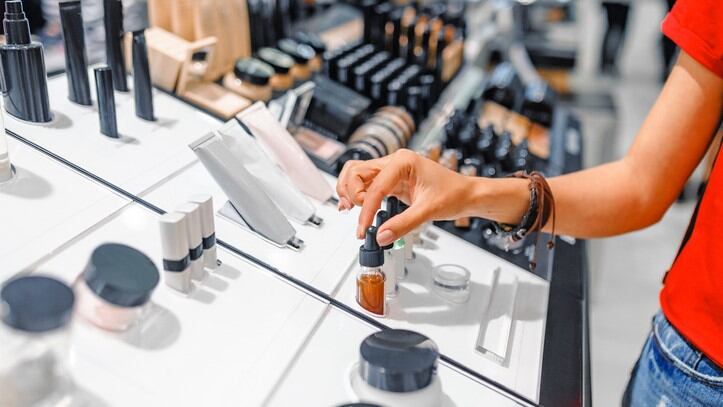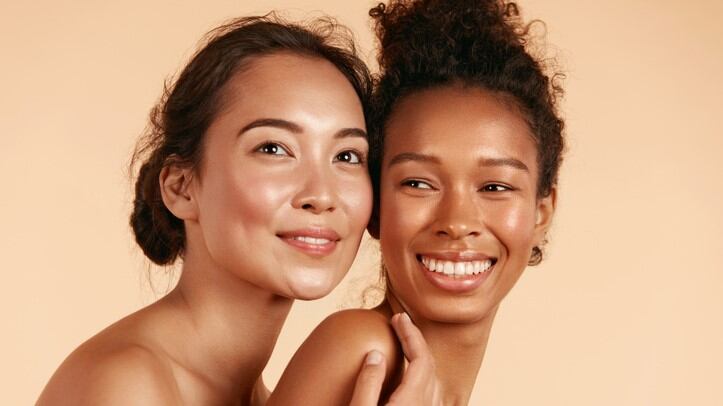1 – New retail standards: A.S Watson highlights the five trends that are shaping the future of its retail business
Health and beauty retailer A.S. Watson has identified a set of trends that it believes will influence the future of the retail industry and its business.
For the firm, retailing today is all about the O+O shopping experience. Said Freda Ng, Watsons International’s chief digital officer, who stressed this was not the same as online to offline (O2O).
“O2O refers to driving customers from one channel to another but online and offline is not a ‘either or’ as what customers demand is a seamless and all-rounded shopping experience.”
She added that the Hong Kong-headquartered company firmly believes an integrated O+O model suits its consumers’ needs better.
2 – Bringing offline and online: How P&G is trying to close the physical and e-commerce shopping divide
Personal care giant Procter & Gamble (P&G) has shed light on how it is striving to bridge the divide between offline and online retail to help smoothen its consumers’ shopping journey.
While e-commerce allows the brand to be very targeted with its marketing and makes the process more convenient for consumers, it inevitably loses some nuances that consumers experience with offline shopping.
“There are multiple unconscious physical interactions that we have with the product at the shelf. For example, many people in the beauty category open the products and smell them, and this is something that you can't do in an e-business,” said Alexandra Vogler, senior director for marketing and e-business, Asia, Middle East and Africa for Proctor & Gamble.
Speaking at the inaugural Shopee Brands Summit, Vogler said the company has had to find a way to virtually supplement these physical interactions that consumers have offline.
3 – Losing its colour? Data suggests Japanese consumers have developed new make-up needs and preferences
Reviews on cosmetics portal @cosme have revealed several new make-up needs and concerns that have emerged in Japan during the ongoing COVID-19 pandemic, and suggests how beauty brands can adapt to these trends.
Owned by Japanese beauty retail and media firm istyle Inc, @cosme is a cosmetic portal that has amassed millions of product reviews from 6.1m members.
Since launching in 1999, @cosme has spun off into a retail business that has an offline and online presence in markets such as Japan, Taiwan, Hong Kong and Thailand.
In the past year, the website has observed new trends forming in the wake of the outbreak. For instance, it has seen a shift in the demand for make-up products towards skin care products because of the pandemic.
4 – ‘Less exuberance, more elegance’: Branding expert’s assessment on 2021’s Lunar New Year beauty collections
How has the uncertainty and unrest of 2020 impacted the way brands are ushering in the Lunar New Year? We speak to Spencer Ball, creative director of SGK, to find out.
The Lunar New Year is one of the most important and festive celebrations in the lunar calendar, and when beauty brands go all out to connect with their Chinese consumers.
This year’s celebrations, however, follows one of the most turbulent years in recent history, which has undoubtedly created a long-lasting impact on the beauty and personal care industry.
Ball believes that the latest crop of Lunar New Year beauty collections is reflective of the unprecedented year we have experienced.
5 – ‘Flywheel’ effect: Philips expects boom in at-home IPL hair removal systems in 2020 to lead to higher penetration in APAC
Philips Electronics has seen a boom in demand for at-home IPL hair removal systems in 2020 and believes this will lead to higher adoption rates across Asia-Pacific.
Against the backdrop of the ongoing COVID-19 pandemic, the brand’s personal care category proved to perform well overall.
“We've seen obviously the trend that everyone has seen where consumers are cocooning more at home and therefore, especially during lockdown situations, don't have the opportunity to go out,” said Nicholas Lee, personal health leader, Philips ASEAN Pacific.
In 2020, the Amsterdam-headquartered company saw a huge surge in sales of its Intense Pulse Light (IPL) hair removal systems due to the pandemic.





